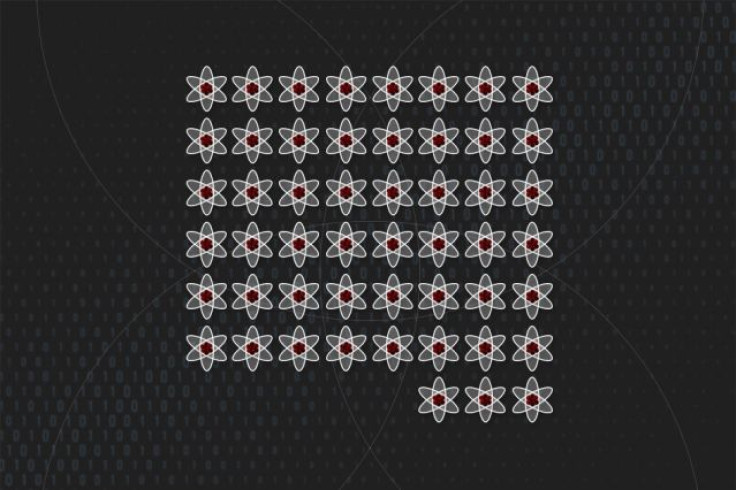Quantum Computing Update: 53-Qubit Simulator, Superconducting Interconnects Bring Future Computers Closer

They are billed as machines that will change the future, but quantum computers themselves are still in the future. All the same, scientists have been working on developing a working quantum computer for years now, and the frenzied competition to be the first has yielded a new record — a 53-qubit quantum simulator.
A qubit is the quantum analogue of a computer’s bit. A bit stores information as either 0 or 1, while qubits can exist as both 0 and 1 simultaneously, exponentially increasing the computing power of a system that uses them. A quantum simulator is not a general-purpose quantum computer, but one that is designed to solve a particular equation or simulate a specific problem. It does so much faster than a classic computer using bits would.
The difference in speed between the two is quite phenomenal. Theoretically, the world’s fastest-existing supercomputers would be shown down by a quantum computer that uses something in the range of 50 qubits, a threshold called quantum supremacy. Working quantum computers that exist today are still below 20 qubits, and that is why the new simulator is exciting.
Writing in a Nature paper Wednesday, titled “Observation of a many-body dynamical phase transition with a 53-qubit quantum simulator,” researchers from University of Maryland and National Institute of Standards and Technology said: “As it becomes possible to exert more control over larger numbers of qubits, such simulators will be able to tackle a wider range of problems, such as materials design and molecular modelling, with the ultimate limit being a universal quantum computer that can solve general classes of hard problems. Here we use a quantum simulator composed of up to 53 qubits to study non-equilibrium dynamics in the transverse-field Ising model with long-range interactions.”
One of the problems with creating a scalable quantum computer is that qubits are fragile things, prone to interference by anything in the surrounding environment. Preserving their quantum states while still controlling whatever connects the qubits is the only way to actually to realize a quantum computer’s power.
For their quantum simulator, the researchers used ytterbium ions trapped in their place using razor-sharp electrodes that were coated with gold. Before this 53-qubit quantum simulator, the record for the highest number of qubits was held by another simulator that utilizes laser-trapped ultracold rubidium atoms as qubits.

That 51-qubit quantum simulator was first announced in July, and was developed by a team of researchers from Harvard University and Massachusetts Institute of Technology. They also published a paper in the journal Nature on Wednesday, titled “Probing many-body dynamics on a 51-atom quantum simulator.”
Harvard’s Mikhail Lukin, who led the university’s team behind the 51-qubit research, told International Business Times in July there was possibly more than one method that was good at creating stable qubits and maintaining them at large scales, but added that no one was sure yet how a quantum system could be scaled up to hundreds of thousands of qubits.
John Martinis from University of California, Santa Barbara, is another leader in the field, and his team (he also works with Google) was working on a 49-qubit quantum computer that uses superconductors. His team also published a paper Wednesday in the journal Quantum Science and Technology, which addresses the problem of scalability.
In a statement Wednesday, Martinis said: “To enable the development of larger qubit arrays, we have developed a process for fabricating fully superconducting interconnects that are materially compatible with our existing, high fidelity, aluminum on silicon qubits. This fabrication process opens the door to the possibility of the close integration of two superconducting circuits with each other or, as would be desirable in the case of superconducting qubits, the close integration of one high-coherence qubit device with a dense, multi-layer, signal-routing device.”
In other words, better chances of a working, scalable quantum computer.
© Copyright IBTimes 2024. All rights reserved.











